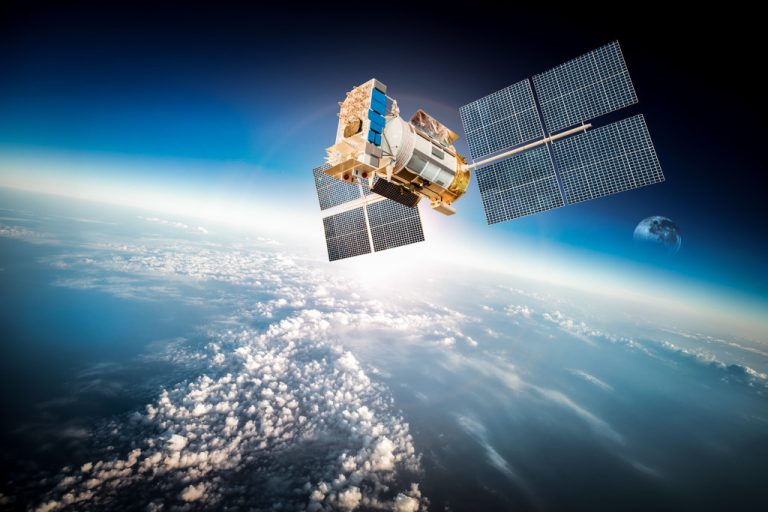The space industry is one of the world’s most fascinating and rapidly-growing industries. The global space economy was worth an estimated $360 billion today and is projected to double to $775 billion by 2030. Here are five reasons why the space industry is growing:
Increased Demand for Satellites
Satellite services are in high demand due to their ability to provide internet, television, and radio signals to remote areas. Right now, nearly 5,000 satellites are orbiting the earth. There are five reasons why there is an increasing demand for satellites. Here are some of them:
Internet Access
The internet has become essential to daily life, and satellites can provide internet access to even the most remote areas. As a result, many developing nations are investing in satellite-provided internet to bridge the digital divide and improve access to education and commerce opportunities.
Increased Telecommunications
Satellites also play a crucial role in telecommunications, particularly for international phone calls and data transmission. As global communication continues to expand, there is an increasing need for reliable telecommunications infrastructure.
Improved Navigation
GPS technology, which relies on satellite signals, has become integral to modern navigation personally (think GPS in your car or phone) and commercially (such as in transportation and delivery industries). As our reliance on this technology grows, so does the demand for satellites that make it possible.
Monitoring and Surveillance
Satellites also play a crucial role in monitoring and surveillance for scientific research (such as tracking weather patterns) and national security. Moreover, as concerns about global threats continue to rise, there is an increasing need for advanced surveillance capabilities.
Mini-satellites
Small satellites, or “mini-satellites,” are becoming increasingly popular due to their lower cost and shorter development time. Now that more satellites can be produced in a shorter time, more people will invest in them.

Growth of Commercial Space
The commercial space market is a relatively new and rapidly growing area of the space industry. Private companies, such as SpaceX, are leading the charge in this sector with their efforts to provide affordable access to space for commercial purposes. This includes satellite launches and potentially even space tourism.
Space Tourism
Tourism in space is a proposed idea gaining traction, with companies like Virgin Galactic already offering reservations for future space flights. This would open up a whole new market for the industry, potentially leading to even more growth and innovation in the years to come. However, it is unknown when these space flights can happen. But as the industry starts to find new ways to improve its systems, the more likely space tourism will be achieved in the future.
Government Investment
Governments worldwide are increasing their investment in space exploration and development due to its potential economic and national security benefits. In 2018, government investment in the space industry totaled an estimated $79 billion, projected to grow to $150 billion by 2025. Government investments can bring a few things into the space industry. First, it can fund space programs for scientific and exploration purposes, such as the ongoing efforts to land humans on Mars. Second, it can support national security efforts through satellite technology and surveillance capabilities. Finally, government investment stimulates commercial space growth by providing private companies with funding for research and development.
Advances in Technology
Advances in technology are enabling new applications for satellites and other space-based assets. Here are three passages in technology helping the industry.
Improved RAM
Space exploration is crucial for the space industry. Without it, certain aspects of the industry, such as space tourism, cannot be done. Additionally, computing processes are required to run various activities in space, such as controlling satellites.
However, RAM can’t survive the radiation and heat of space. That’s why a robust RAM for aerospace applications is required for space explorations. This kind of RAM can survive radiation and even allow faster and more efficient computing processes, significantly improving spacecraft capabilities.
Miniaturization
Miniaturized technology allows smaller and cheaper satellites to be launched into orbit, increasing the number of operational satellites. It also opens up new possibilities, such as swarms of mini-satellites working together to accomplish tasks that generally require a larger and more expensive satellite.
Improved Propulsion Systems
Better propulsion systems allow for greater control and maneuverability of spacecraft, enabling more precise operations and missions. This can lead to improved satellite imaging and communication capabilities and safer and more successful exploration missions.
The space industry is one of the most exciting industries in the world due to its rapid growth and potential for new technology applications. So if you’re a businessman or entrepreneur looking for a unique opportunity, the space industry might be the perfect fit for you!










